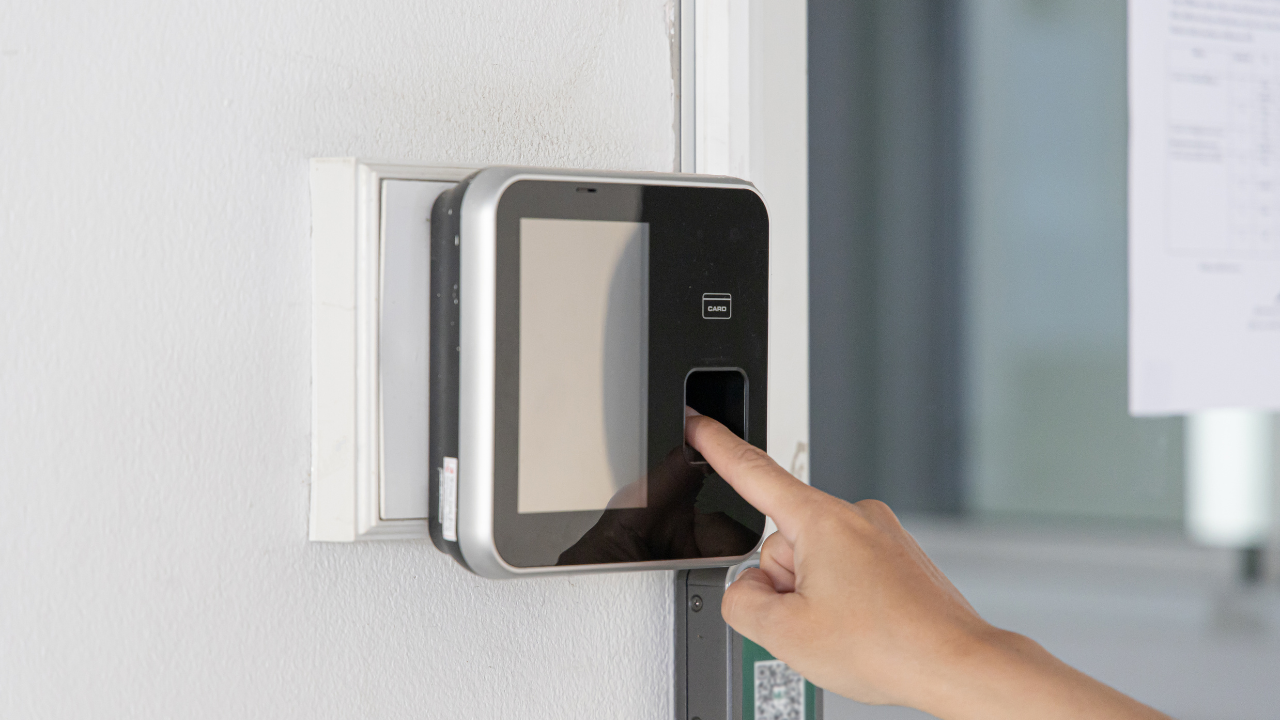In today's digital security landscape, the debate between biometric security and traditional methods, such as passwords and PINs, is increasingly relevant. Both approaches offer several advantages, influencing their suitability for different applications. But which is more secure? In order to understand the difference between biometrics and traditional methods, here’s a comprehensive analysis, highlighting their key aspects.

Traditional Authentication Methods explained
How to understand the difference between biometrics and traditional methods if we don't know what we mean by each of them?
With the term "traditional methods", we mean:
Passwords and PINs
Passwords and PINs have been fundamental in digital security. While they are familiar and cost-effective, they are vulnerable to various threats such as phishing and brute-force attacks. Users often choose weak passwords or reuse them across multiple sites, increasing the risk of unauthorized access. Moreover, passwords and PINs can be forgotten or stolen, leading to potential security breaches
Security Tokens
Security tokens add an extra layer of security by generating a unique code that must be entered along with the password. This method, known as two-factor authentication (2FA), significantly enhances security. However, it requires users to carry additional devices, which can be inconvenient and prone to theft or loss. Additionally, if the token device is lost or stolen, it can create barriers to accessing secured systems until a replacement is obtained.

Understanding Biometric Security
Biometric security uses unique physiological and behavioral characteristics to verify identity, such as fingerprints, facial recognition, iris scans, and voice recognition. These methods provide a high level of security because biometric data is inherently unique, making it difficult to forge or replicate.
- Enhanced Security
Biometric authentication leverages unique traits like fingerprints or facial features, making it significantly harder to forge. This adds a robust security layer against unauthorized access. Unlike passwords, biometric data cannot be easily guessed or stolen through phishing, providing a higher assurance of identity verification.
- User Convenience
Biometric methods offer superior convenience. Users don't need to remember complex passwords or carry physical tokens; a simple touch or glance can authenticate their identity, enhancing user experience and reducing security friction. This ease of use can lead to higher adoption rates and improved user satisfaction.
- Time-Saving
Biometric authentication is typically faster than entering passwords or PINs, saving time for users in accessing systems or devices.

The difference between biometrics and traditional methods
Biometric authentication stands out as a superior security measure compared to traditional methods like passwords and PINs due to its enhanced security, convenience and user experience. Traditional methods rely on information that can be easily forgotten, stolen, or guessed through techniques such as phishing and brute-force attacks, posing significant security risks.
In contrast, biometric authentication leverages unique physiological and behavioral characteristics, such as fingerprints, facial features, and iris patterns, which are inherently difficult to forge or replicate.
This intrinsic uniqueness not only enhances security but also simplifies the user experience by eliminating the need to remember complex passwords or carry additional security tokens. Moreover, biometrics offer faster and more seamless access, reducing authentication friction and improving user satisfaction. While traditional methods are vulnerable to various attacks and user errors, biometrics provide a robust, efficient, and increasingly trusted solution for securing digital identities.
The future of biometric authentication is expected to become more prevalent as technology evolves.
